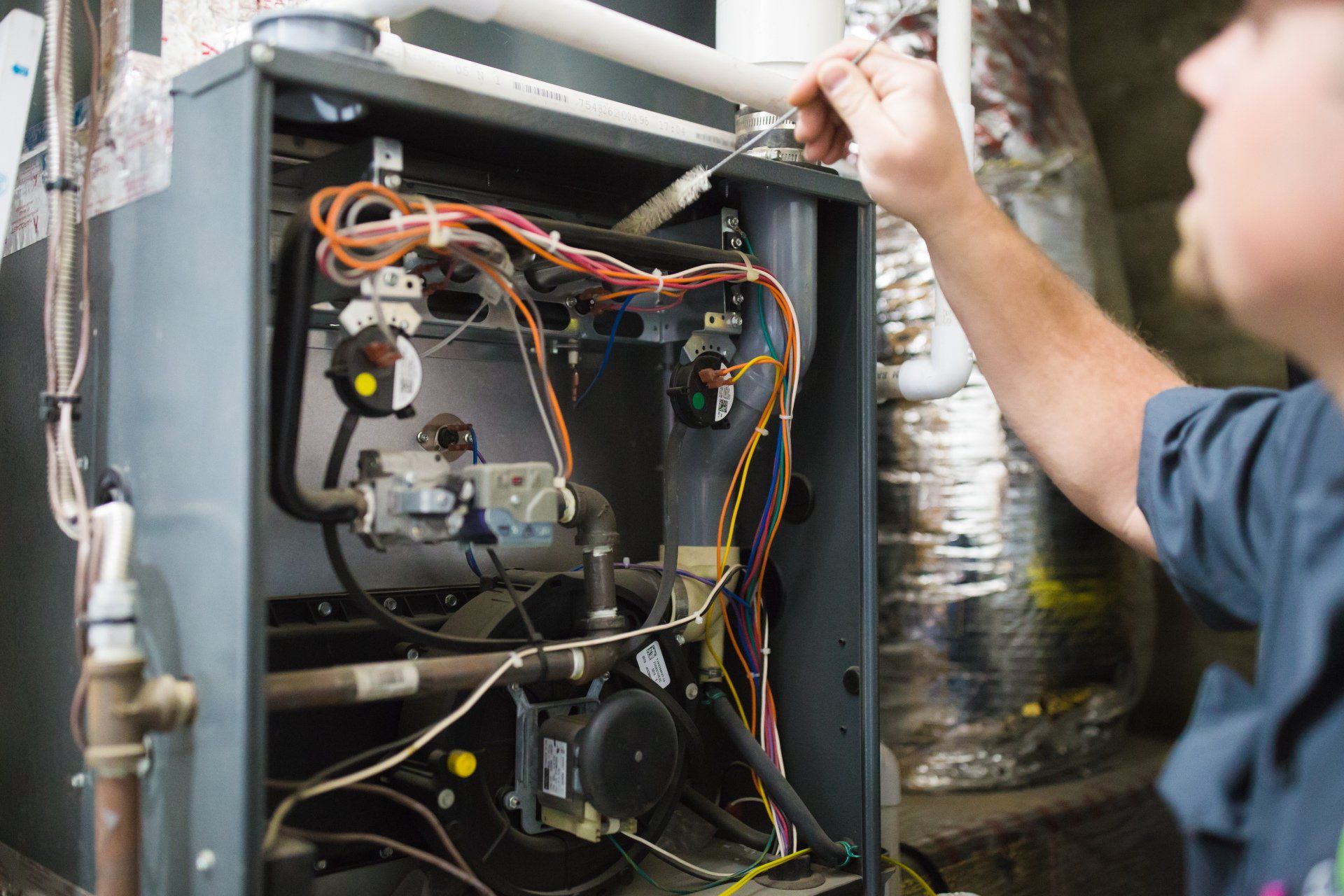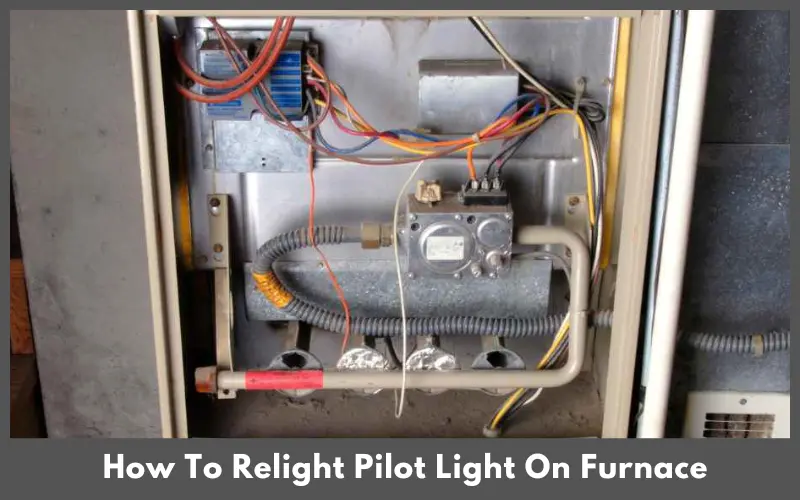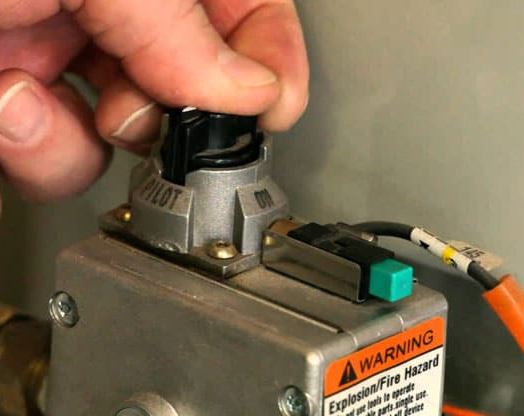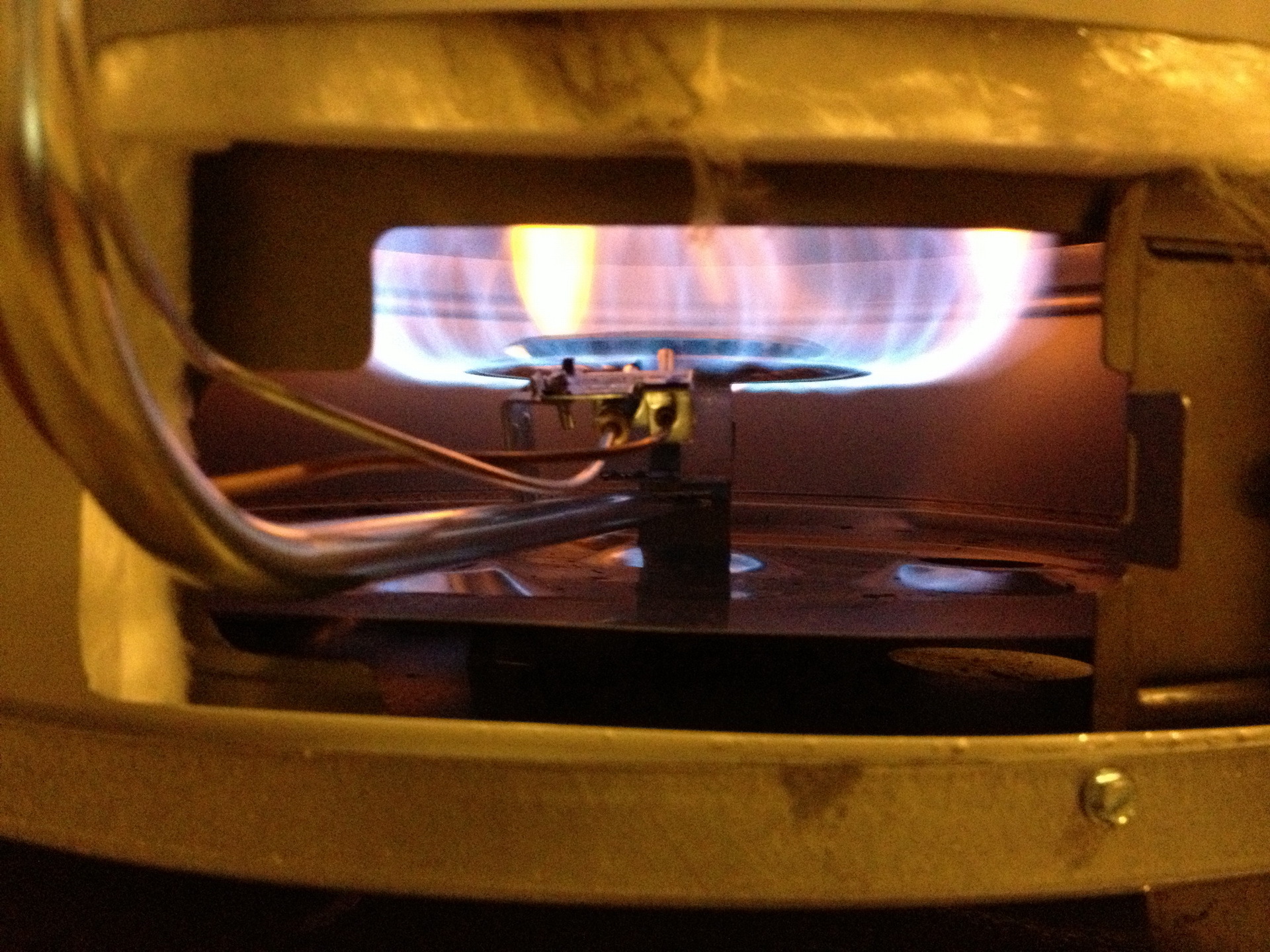Lighting A Pilot Light On A Furnace

One of the most common household frustrations, especially during the colder months, is discovering your furnace isn't providing heat. Often, the culprit is a pilot light that has gone out. Before you call a technician, there are several simple checks you can perform yourself. This guide will walk you through the troubleshooting process step-by-step.
Understanding the Pilot Light
The pilot light is a small, continuous flame that ignites the main burners in your furnace. It's a safety feature ensuring gas doesn't build up before ignition. When the pilot light is out, the furnace can't start, leaving you without heat.
Safety First!
Before you begin, ensure you can smell gas! If you smell a strong gas odor, immediately leave the house and call your gas company or fire department from a safe location. Do not attempt any repairs. Gas leaks are extremely dangerous. Ventilation is also crucial, so open windows and doors before starting.
Step-by-Step Troubleshooting Guide
1. Initial Assessment: Is the Pilot Light Really Out?
The first thing to do is confirm that the pilot light is indeed out. Look for a small access panel on the front of your furnace. Many furnaces have a viewing window so you can see the pilot light area. Check if a small flame is present. If not, proceed to the next steps.
2. Check the Power Supply
While the pilot light itself doesn't directly depend on electricity, the furnace's control system does. Ensure the furnace is receiving power.
- Check the Circuit Breaker: Locate the circuit breaker panel (usually in your basement, garage, or utility closet). Find the breaker labeled "Furnace" or something similar. Make sure it hasn't tripped. If it has, flip it to the "Off" position and then back to the "On" position.
- Check the Furnace Switch: Many furnaces have a dedicated on/off switch, often resembling a light switch, located near the unit. Ensure it's in the "On" position.
3. Verify the Thermostat Settings
A common mistake is overlooking the thermostat settings. Even if the pilot light is lit, the furnace won't activate if the thermostat isn't calling for heat.
- Check the Temperature Setting: Make sure the thermostat is set to a temperature higher than the current room temperature.
- Check the Mode: Ensure the thermostat is set to "Heat" and not "Cool" or "Off".
- Check the Batteries: If your thermostat is battery-powered, replace the batteries. Low batteries can cause malfunctions.
4. Locating the Pilot Light Assembly
The pilot light assembly is typically located near the bottom of the furnace, behind a panel. You might need a screwdriver to remove the panel. Look for labels like "Pilot," "Igniter," or diagrams showing the pilot light location.
5. Lighting the Pilot Light (If Equipped with Manual Lighting)
This step involves working with gas, so proceed with caution. If you're uncomfortable, call a professional.
- Turn off the Gas: Locate the gas control valve, usually near the pilot light assembly. It will have settings like "On," "Off," and "Pilot." Turn the valve to the "Off" position. Wait at least 5 minutes to allow any accumulated gas to dissipate. This is a crucial safety step.
- Turn to Pilot: After waiting, turn the gas control valve to the "Pilot" position.
- Press and Hold: Locate the reset button (often red or black) near the gas control valve. Press and hold it down. This releases gas to the pilot light.
- Ignite the Pilot: While holding the reset button, use a long lighter or match to ignite the pilot light. Hold the flame near the pilot light opening. You should see a small blue flame ignite.
- Continue Holding: Continue holding the reset button for about 30-60 seconds. This allows the thermocouple (a safety device) to heat up. The thermocouple senses the flame and keeps the gas valve open.
- Release the Button: After 30-60 seconds, slowly release the reset button. The pilot light should remain lit. If it goes out, repeat steps 1-6.
- Turn to On: Once the pilot light stays lit, turn the gas control valve to the "On" position. The main burners should ignite shortly after.
6. Dealing with Electronic Ignition Systems (No Pilot Light)
Many modern furnaces use electronic ignition systems instead of a traditional pilot light. These systems use a spark or hot surface igniter to light the burners. If your furnace has electronic ignition, you won't have a pilot light to manually light.
- Listen for Clicks: When the thermostat calls for heat, listen for a clicking sound. This is the igniter trying to spark. If you don't hear a click, the igniter might be faulty.
- Check the Igniter: (Professional Recommended) Inspect the igniter for cracks or damage. A visual inspection might reveal a broken igniter. Replacing an igniter involves working with electricity and gas and should ideally be done by a qualified technician.
7. Checking the Flame Sensor
The flame sensor is a safety device that detects the presence of a flame. If it doesn't sense a flame, it shuts off the gas to prevent a dangerous build-up. A dirty flame sensor is a common cause of furnace problems.
- Locate the Flame Sensor: The flame sensor is typically a small metal rod located near the burner. It's often held in place by a screw or bracket.
- Clean the Flame Sensor: (Power Off First!) Before cleaning, turn off the power to the furnace at the circuit breaker. Carefully remove the flame sensor. Use a piece of fine-grit sandpaper or steel wool to gently clean the rod. Wipe away any debris with a clean cloth.
- Reinstall the Flame Sensor: Reinstall the flame sensor and secure it in place. Turn the power back on at the circuit breaker. Try restarting the furnace.
8. Checking the Thermocouple (Pilot Light Models)
The thermocouple is a safety device that generates a small electrical current when heated by the pilot light. This current keeps the main gas valve open. If the thermocouple is faulty, it won't generate enough current, and the pilot light will go out even if it's initially lit.
- Visual Inspection: Check the thermocouple for any signs of damage, such as cracks or corrosion.
- Tighten Connections: Ensure the thermocouple is securely connected to the gas valve.
- Thermocouple Replacement: (DIY with Caution, or Professional Recommended) Replacing a thermocouple is a relatively simple repair, but it involves working with gas. If you're comfortable, you can purchase a replacement thermocouple at a hardware store. Before replacing, turn off the gas supply to the furnace. Carefully disconnect the old thermocouple and install the new one, ensuring the connections are tight. If you're unsure about this process, it's best to call a professional.
9. Gas Line Issues
Sometimes, the problem isn't with the furnace itself, but with the gas supply.
- Check Other Gas Appliances: Are other gas appliances in your home working (e.g., stove, water heater)? If not, there may be a problem with the main gas supply.
- Check the Gas Meter: Ensure the gas meter is turned on.
- Call the Gas Company: If you suspect a problem with the gas supply, contact your gas company. Do not attempt to repair gas lines yourself.
10. Filter Check
An often-overlooked cause is a dirty air filter. A clogged filter restricts airflow, which can cause the furnace to overheat and shut down, sometimes affecting the pilot light stability.
- Locate the Filter: Usually found in a slot on the furnace itself, or in a vent on the wall or ceiling.
- Inspect and Replace: If the filter is dirty, replace it with a new one of the correct size. Check the owner's manual for the correct filter type.
When to Call a Professional
While many pilot light issues can be resolved with these simple steps, certain situations require a qualified HVAC technician.
- You smell a strong gas odor and cannot pinpoint the source.
- You are uncomfortable working with gas or electricity.
- You suspect a problem with the gas valve or other complex furnace components.
- You have tried all the troubleshooting steps, and the pilot light still won't stay lit.
- Your furnace is making unusual noises (banging, hissing, etc.).
- You are experiencing carbon monoxide symptoms (headache, dizziness, nausea).
- You are unsure about any part of the process.
Preventative Maintenance
Regular maintenance can help prevent pilot light problems and keep your furnace running efficiently.
- Schedule annual furnace tune-ups with a qualified HVAC technician.
- Replace your furnace filter regularly (every 1-3 months, depending on usage).
- Keep the area around your furnace clean and free of clutter.
By following these steps, you can often resolve common pilot light problems and restore heat to your home. Remember to prioritize safety and call a professional when needed. Stay warm!


:max_bytes(150000):strip_icc()/checking-the-furnace-77890266-5c50db64c9e77c0001d76385.jpg)





:max_bytes(150000):strip_icc()/repairman-with-digital-infrared-thermometer-checks-gas-furnace-output-temperature-183783103-5c50d9ea4cedfd0001f911c7.jpg)

